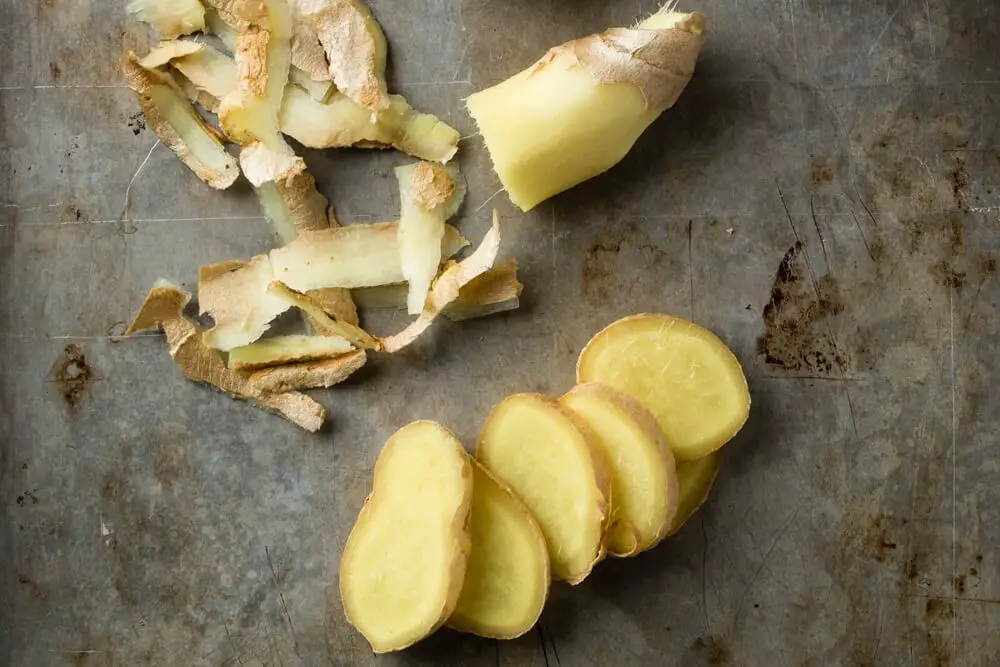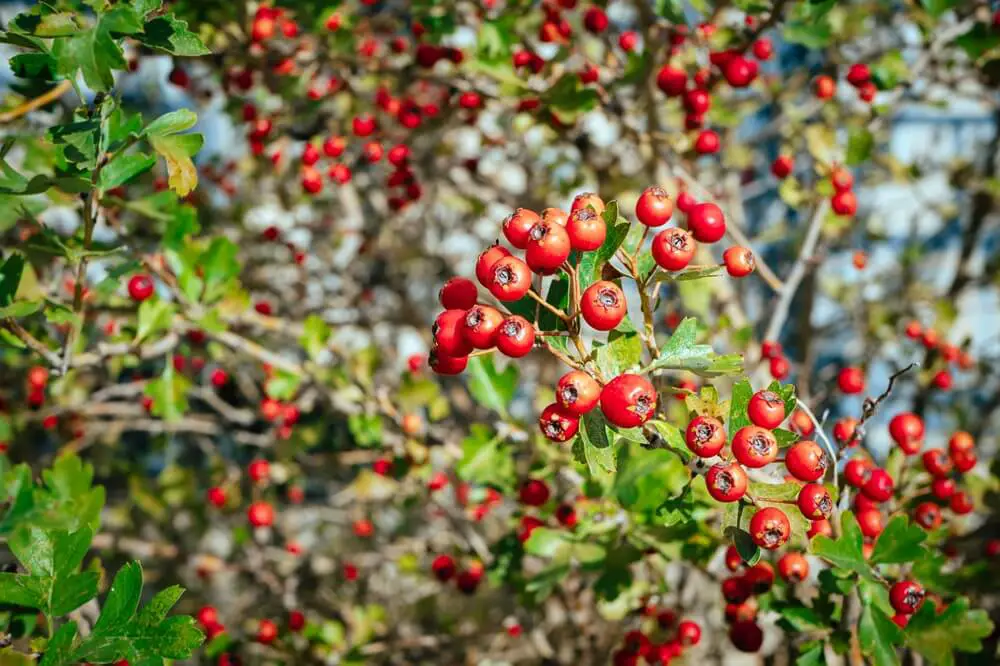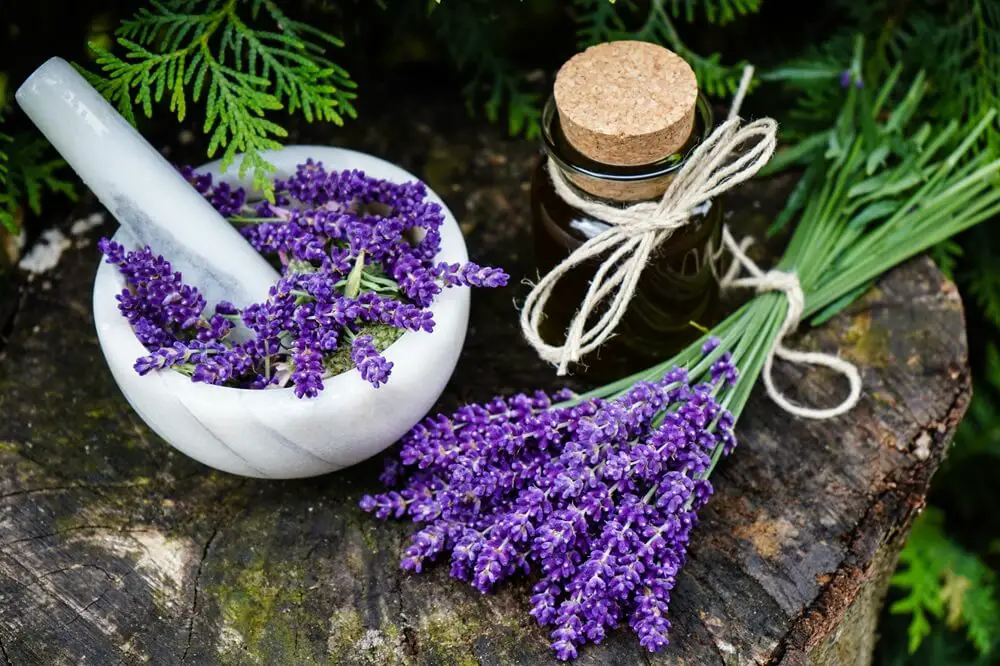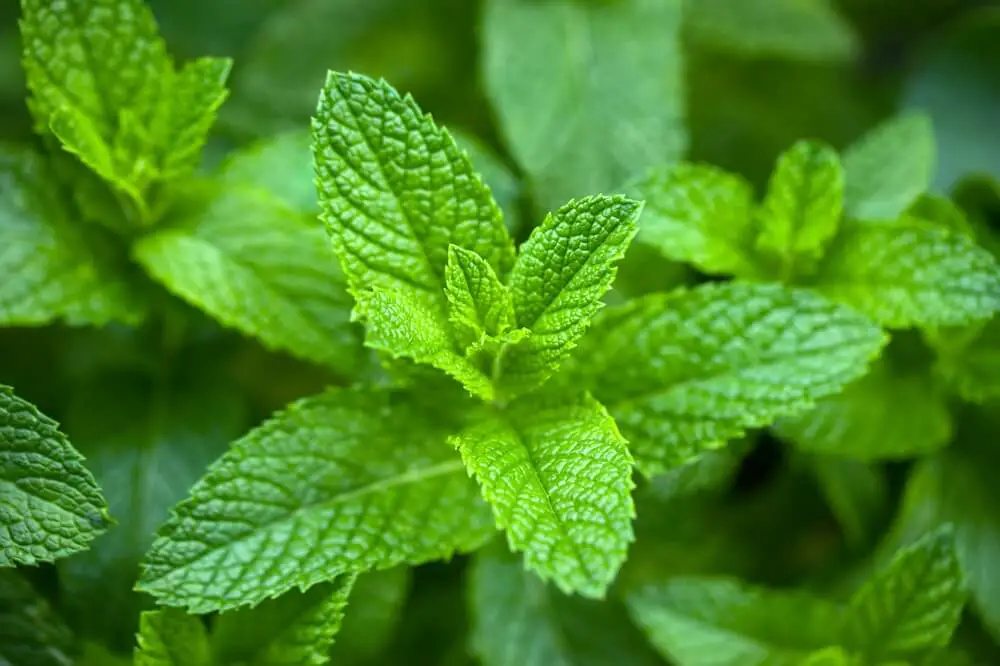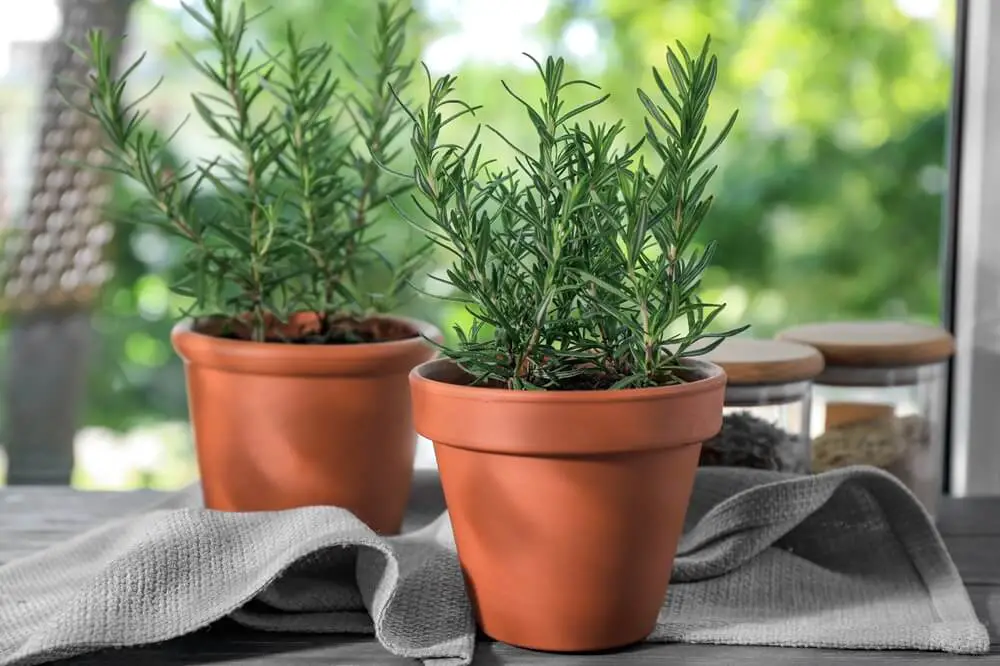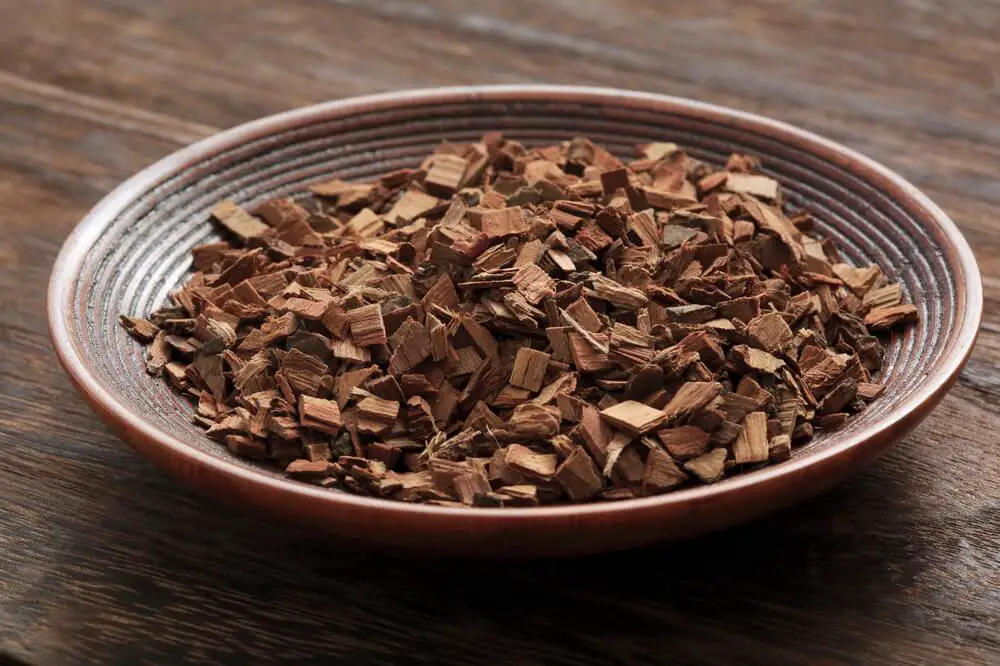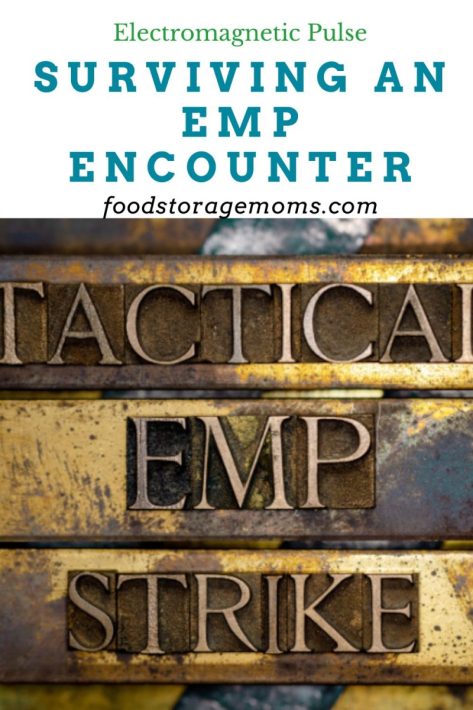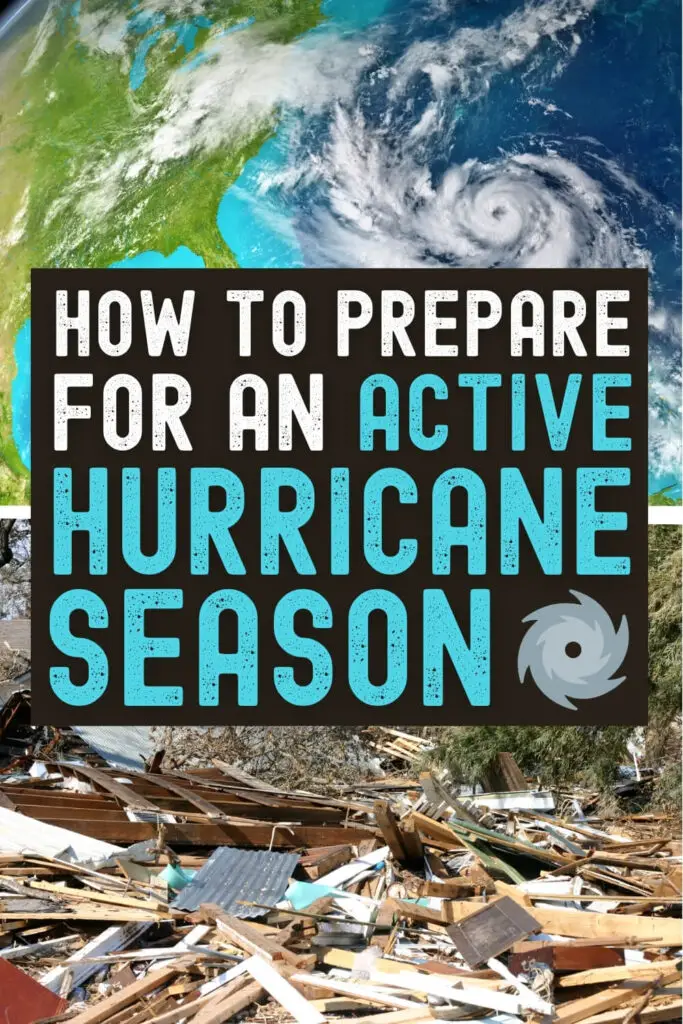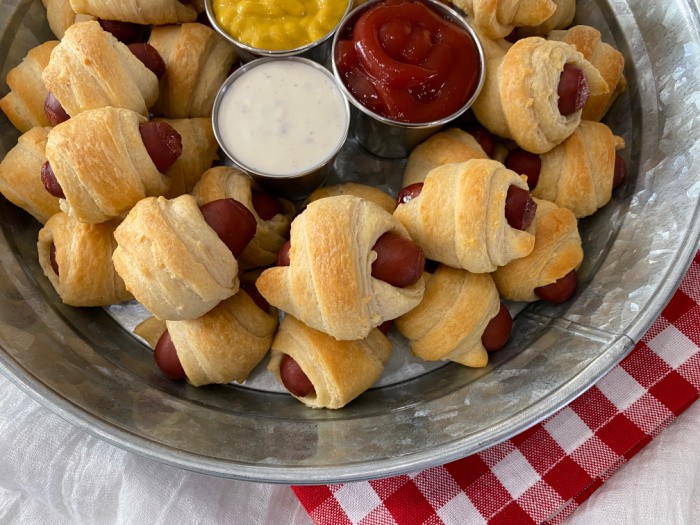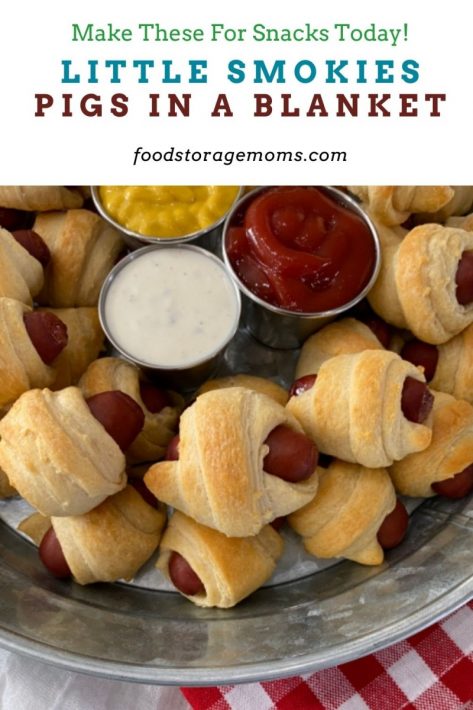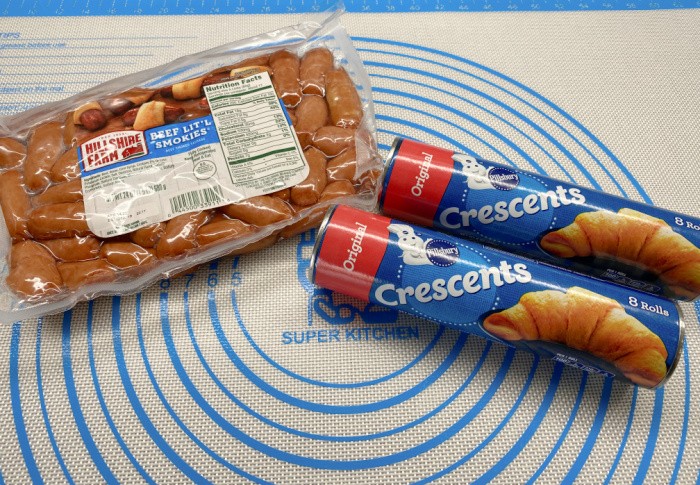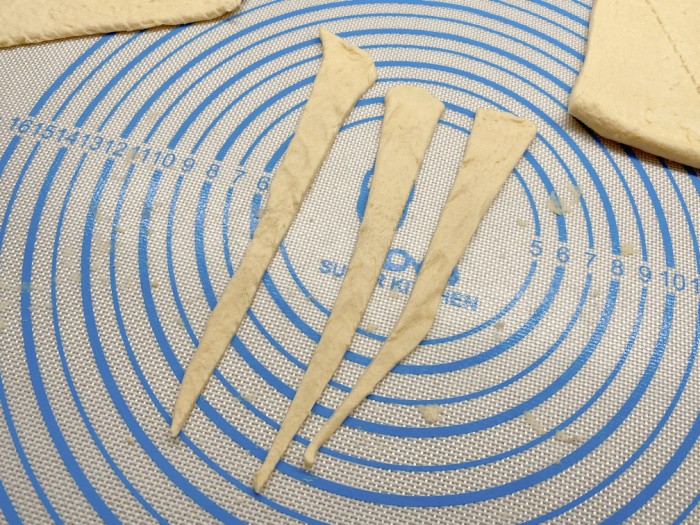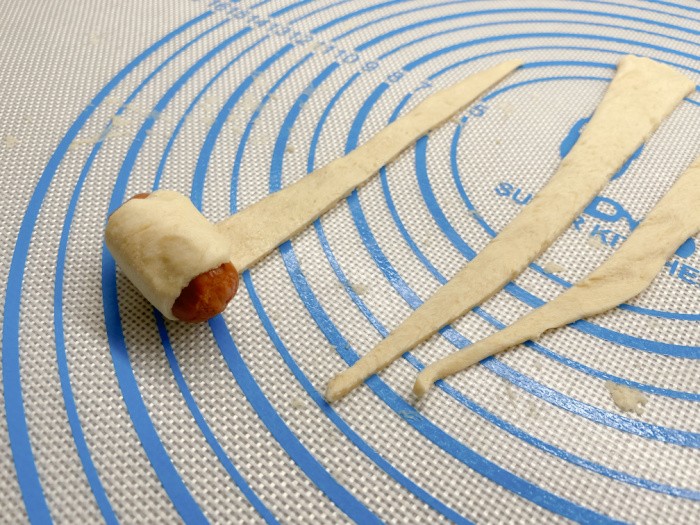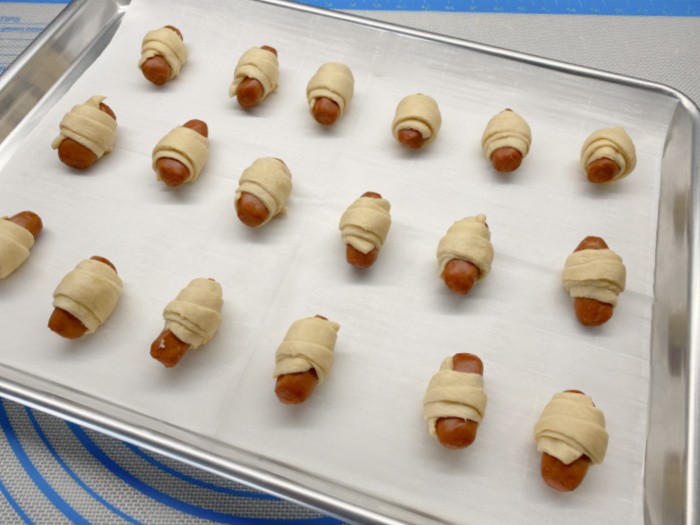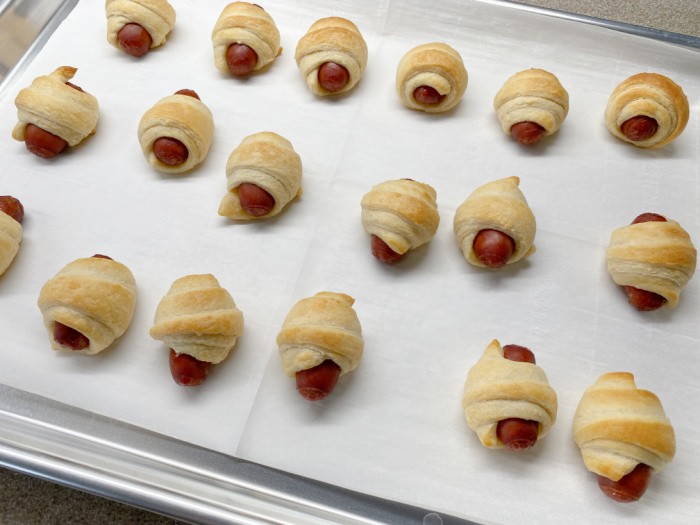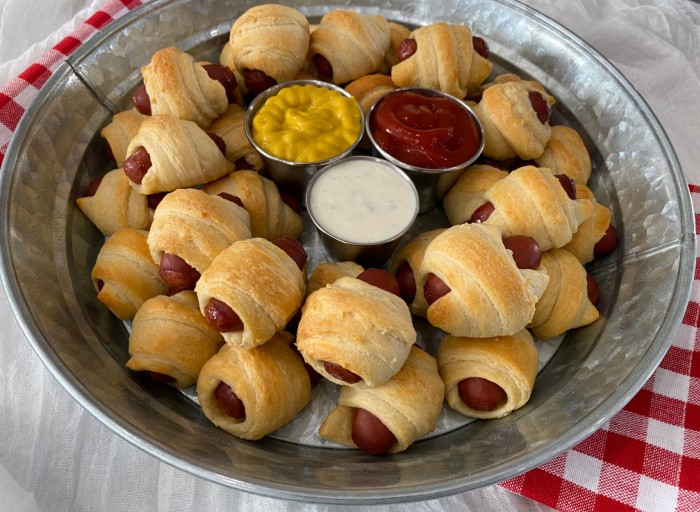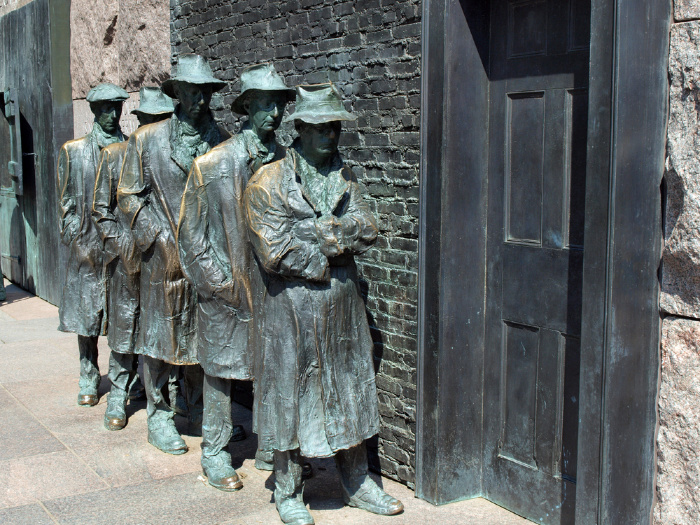
The Great Depression had a profound and lasting impact on every American’s life, affecting how they lived and conducted their daily activities. Never had this country faced such uncertainty with such a long period of despair that citizens lived through and could look back on.
There were numerous challenges that these individuals had to overcome, which the people of today can learn from. I’m excited to share a resource called “The Great Depression: What You May Not Know.”
Related: How to Survive in a Homeless Shelter
The Great Depression: What You May Not Know
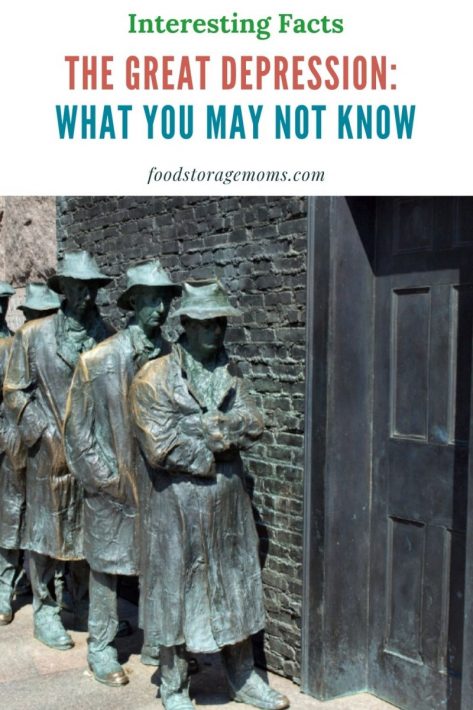
It wasn’t just the United States that suffered during this period. Due to these dark times, confident world leaders began to rise to meet the numerous challenges. Hitler and Mussolini were two ruthless dictators who proposed plans to improve their countries’ economies. Still, their strategies and misguided tactics also contributed to the outbreak of World War II.
Here’s more about the Great Depression, as well as other related events that made life extremely hard not only for the American people but for the rest of the world.
Crime Increased
A significant crime surge occurred during this period, coinciding with widespread unemployment. With unemployment rising and without an effective welfare system to rely on, crime became a way of living for many. People resorted to stealing, smuggling, and other illegal activities.
Makeshift Towns were Created
Homelessness was another huge issue during the Great Depression, with over 2 million people left on the streets. Some of them resorted to building temporary “homes” on private property.
Not surprisingly, as was the case today, many people blamed the president for the crisis that was crippling the nation.
Herbert Clark Hoover was the president during this time and was heavily criticized. To direct blame for where they felt it was due, the slums that were created became known as “Hoovervilles.”
These shacks were small shanties, mostly built from cardboard, lumber, glass, and tar paper, to house the homeless population. At the start of the depression, there were an estimated 500 of these Hooverville towns.
But as the 1930s approached, there were nearly 6,000 of them. It wasn’t until 1941 that they were all removed, and other programs were subsequently implemented.
The Great Depression: What You May Not Know is an excellent resource for understanding HOW things worked.
Political Unrest and Social Upheaval
About this time, many protesters and WWI veterans began hunger marches on Washington. Many unemployed workers, particularly those affiliated with Unemployed Councils, comprised the bulk of those involved in the marches.
By the name, you would think they were organized by the hungry. Indirectly, they were since the marchers were fearful that without work, they couldn’t properly feed their families.
The theme for the hunger marches was “Work for Wages,” with a push for Congress to address the need for special relief, particularly unemployment insurance.
The most famous hunger march was known as the Ford Hunger March, as it took place at Ford Motor Company’s plant in Dearborn, MI, on March 7, 1932. It became a bloody confrontation with five marchers killed by local police.
There was also another march, known as the “Bonus Army” march of 1932. It didn’t end well since the protestors were violently removed by the army, led by General Douglas MacArthur, where their tents and belongings were burned to the ground.
New Trade Policies Prolonged the Crisis
Economists and experts have concluded that the stock market crash was a primary cause of the Great Depression, but trade protectionist policies only worsened its longevity.
These new laws were implemented to improve the current situation, but they ultimately backfired with devastating results.
One of these laws, the Smoot-Hawley Tariff, sought to raise U.S tariffs on imported goods to their highest levels in U.S history.
In response to this, several European countries refused to buy U.S. goods during that time, which certainly didn’t help matters, as U.S. workers lost their jobs.
The Gold Standard
It was during the 1920s that the gold standard was introduced, right around the time WWI ended. This is when the U.S dollar became equivalent and backed by a certain quantity of gold.
Many economists attribute the blame for the prolonged Great Depression to the gold standard, which hindered the Federal Reserve’s ability to expand the money supply and support banks, ultimately slowing the economy’s recovery.
The Dust Bowl
If things weren’t already bad enough, the Dust Bowl only made life that much harder, especially for farmers living in the Great Plains.
Over 100 million acres of farmland became wastelands and ruins due to the severe drought and dust storms in the region. Even people living on the East Coast were affected by it.
Farming became virtually impossible due to eroded soil, and living conditions deteriorated significantly. As many as 7,000 men, women, and children lost their lives from pneumonia caused by the dust and debris.
The Dust Bowl would persist for six years, causing further turmoil, in addition to the crisis already gripping the nation.
One of the worst of these storms occurred on Black Sunday, April 14, 1935. A massive, 1,000-mile-long blackened cloud turned the day into night, with dusty, gusty winds that reached up to 100 miles an hour.
The storm took multiple lives, forcing thousands of people to find other places to live.
It Had a Global Impact
The Great Depression may have struck the heart of the United States, but it had a significant impact on several other countries around the globe.
Countries including Canada, the United Kingdom, Australia, Chile, South Africa, Greece, Brazil, Poland, New Zealand, and Italy faced an unprecedented economic decline.
Out of all the countries and nations affected, Germany was hit especially hard. Not only was the country dealing with its economic woes, but the social and political chaos caused instability and unrest among its leaders.
It was during this time that Hitler’s Nazi Socialist Party came to power as a political move stating they could solve the country’s challenging issues.
World War II Brought an End to the Great Depression
Roosevelt’s “New Deal” may have had a positive impact during the crisis, but it did not bring an end to the depression. You may not be aware, but World War II helped America emerge from the economic downturn it was in.
Due to the mobilization of people and the need for a workforce to support the war effort, the unemployment rate plummeted to as low as 10%. In our more recent economy, that would seem high, but it was down significantly from the height of the depression.
To put that into perspective, during the worst period of the Great Depression, one in four families was without work. This represented a significant improvement compared to the previous decade.
Why Am I Discussing The Great Depression Today?
Those of you who consistently follow my blog posts and visit my website are familiar with a common theme: we never know when events and circumstances around us will change and challenge our way of life.
It could be a sudden illness, a loss of job and livelihood, another 9/11, or a Katrina storm. We could be caught in a 500-year flood, a firestorm, an earthquake, or, as we are experiencing now, extremely high grocery prices.
The key to feeling safe and confident as we face these unforeseen events is to personally prepare in advance for what may be needed to protect ourselves and our families.
Many people tend to think that the local, state, or federal government will have the resources to jump in and solve our problems and make things good, or as they used to be.
As we’ve seen lately in the responses to hurricanes and tornadoes, there isn’t enough food, water, money, medical equipment, protective clothing, and other critical supplies to support all those affected.
Make A Plan
So what do we do? Today, if you haven’t already, start putting together a plan for the steps necessary to make you and your family more self-reliant.
As I’ve stated so many times before, start small, acquire things your family needs and will use, and be consistent as you work to achieve your goals.
This may include water, food, first aid supplies, blankets, medications, and a variety of other essential items. You know your family better than anyone else, so put your knowledge to work. I’m hoping my blog posts will help guide you on things to consider.
Part of being self-reliant is to have your finances in order. Please plan to set aside a certain amount of money each month that can serve as a backup reserve for any unexpected expenses that may arise. You’ll be glad you did.
Other Posts to Check Out
To learn more about being prepared during or before a depression, check out some of my other posts:
Final Word
Learning about the history of the Great Depression is very important for several reasons. You’ve probably heard the phrase, history has a way of repeating itself?
Not only can we learn from the mistakes made by our country and specific individuals, but we can also learn how they could have been avoided. What are some other Great Depression information and history that you know about?
Even at this very moment, we are facing uncertain times in the world we live in. Are there historical lessons we can learn from to help us avoid repeating mistakes? May God bless this world, Linda
Copyright Images: Bread Line Deposit photos_89644266_s-2019, The Great Depression Deposit photos_2267141_s-2019
The post The Great Depression: What You May Not Know appeared first on Food Storage Moms.
from Food Storage Moms








